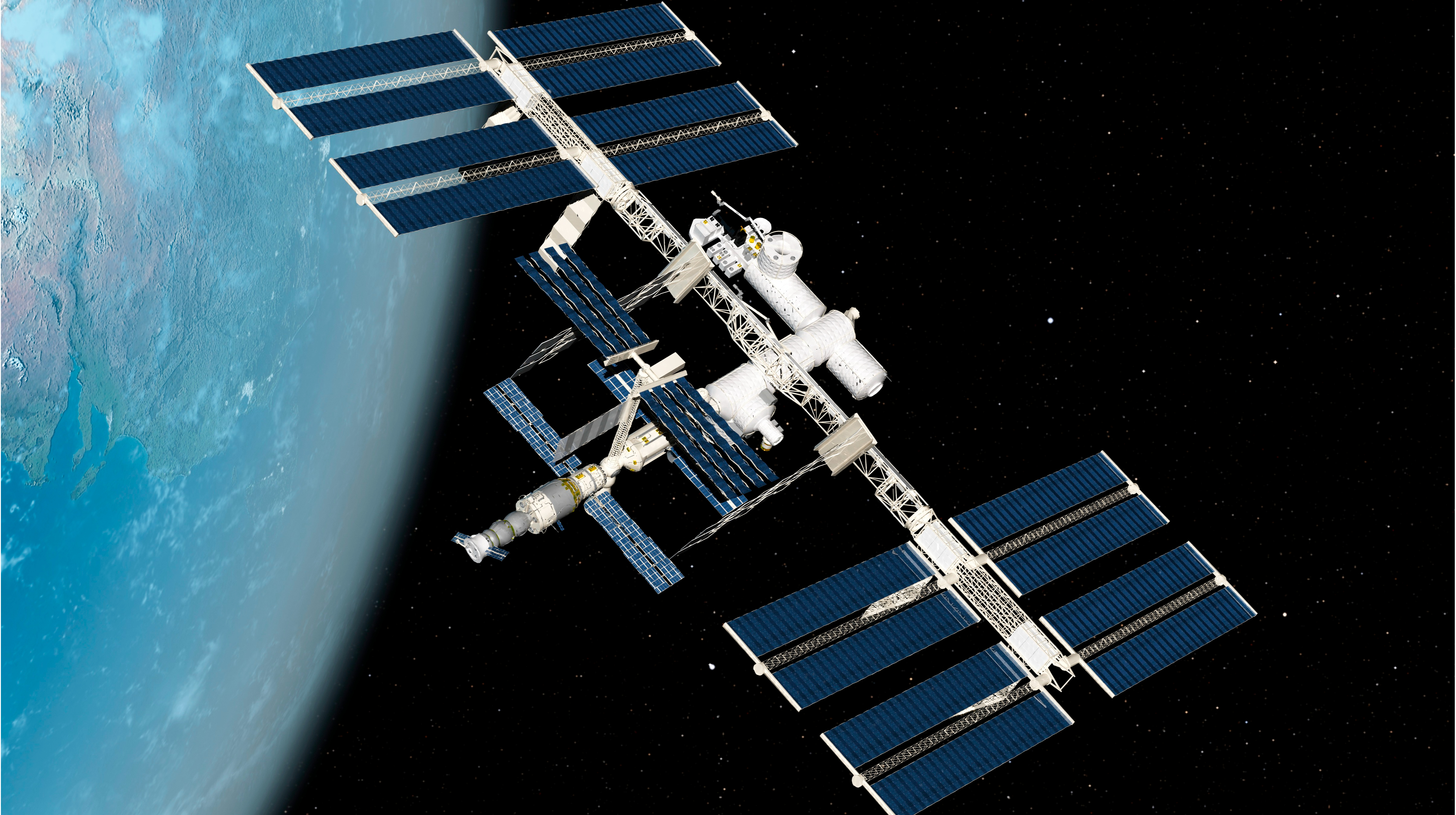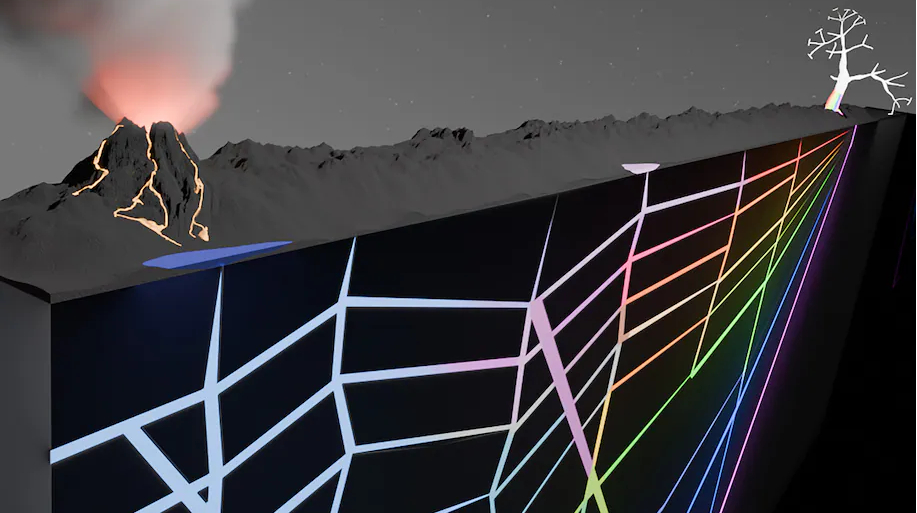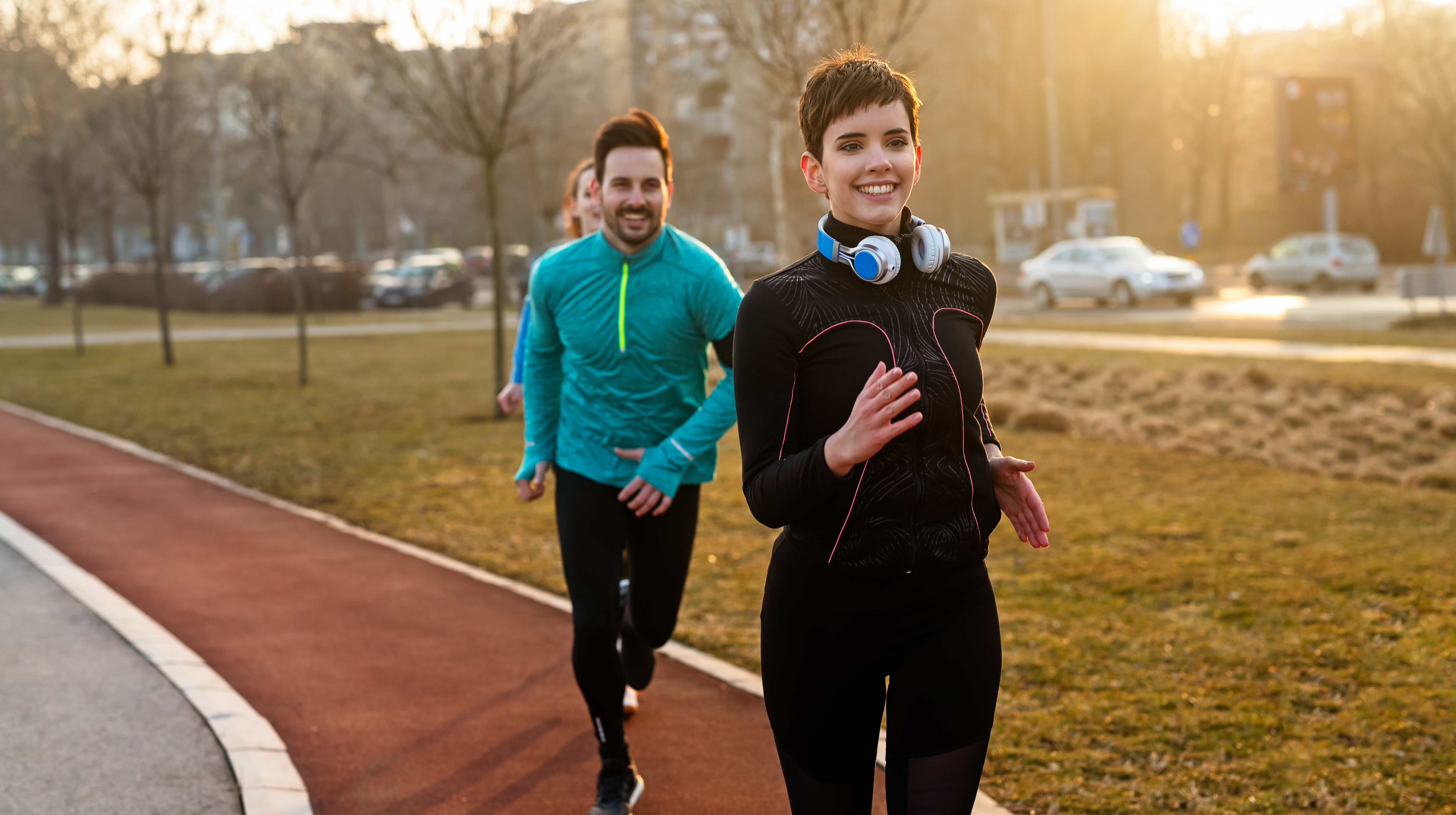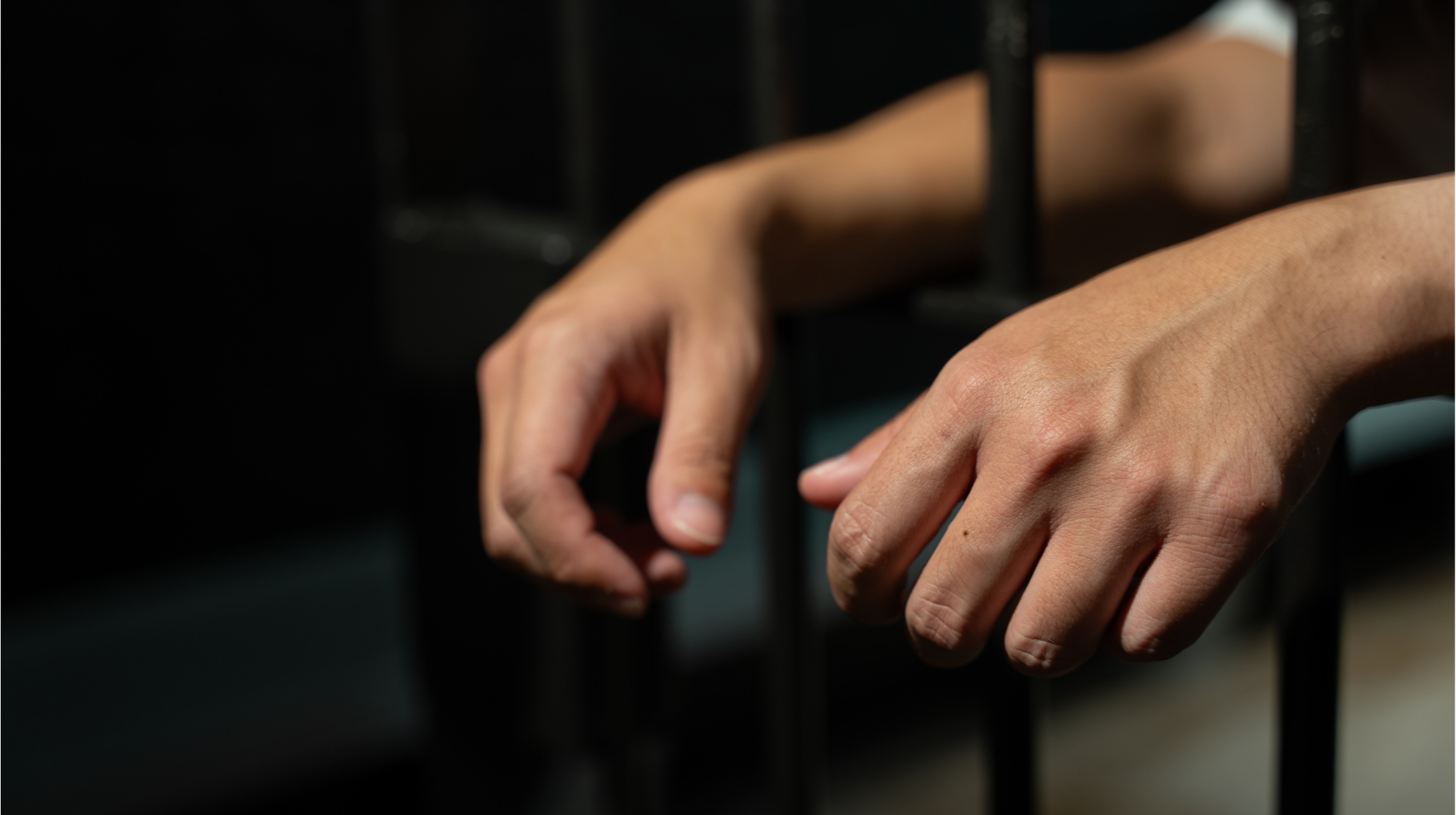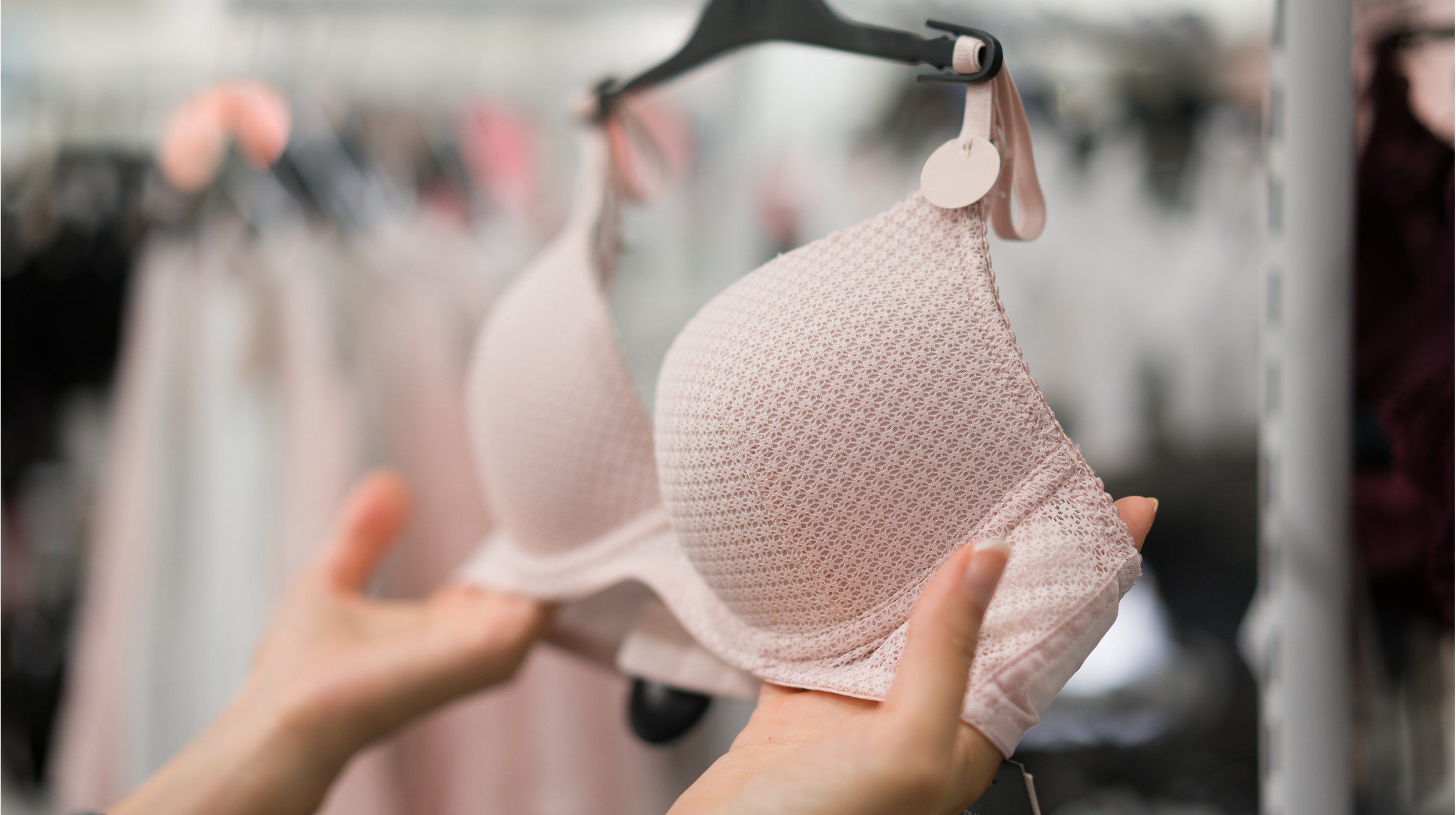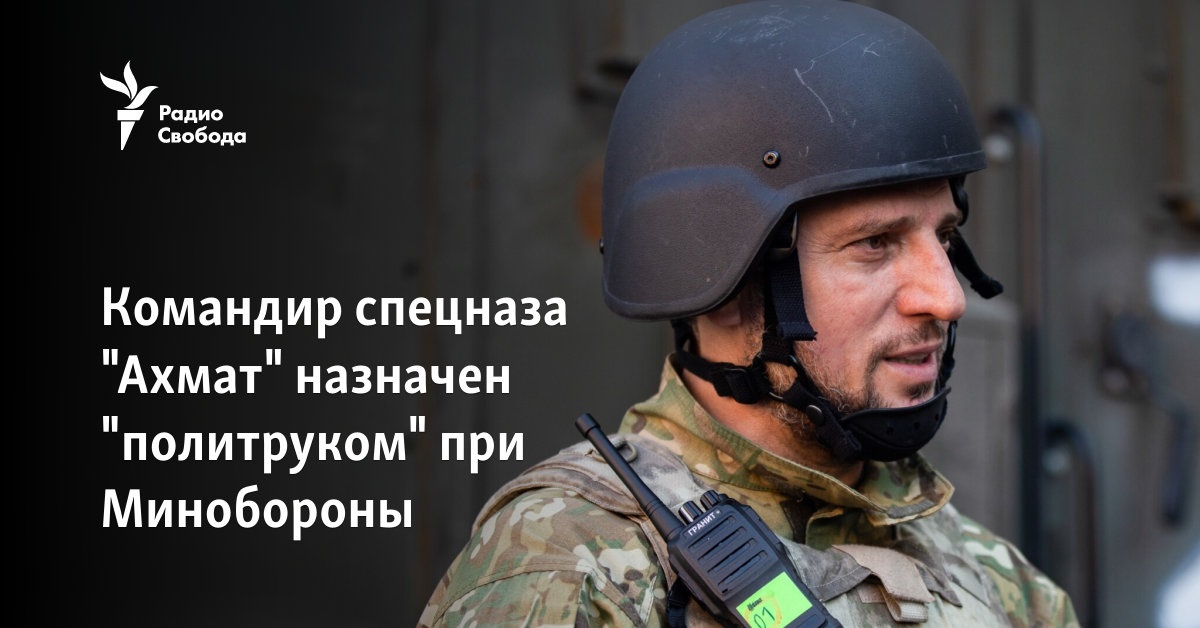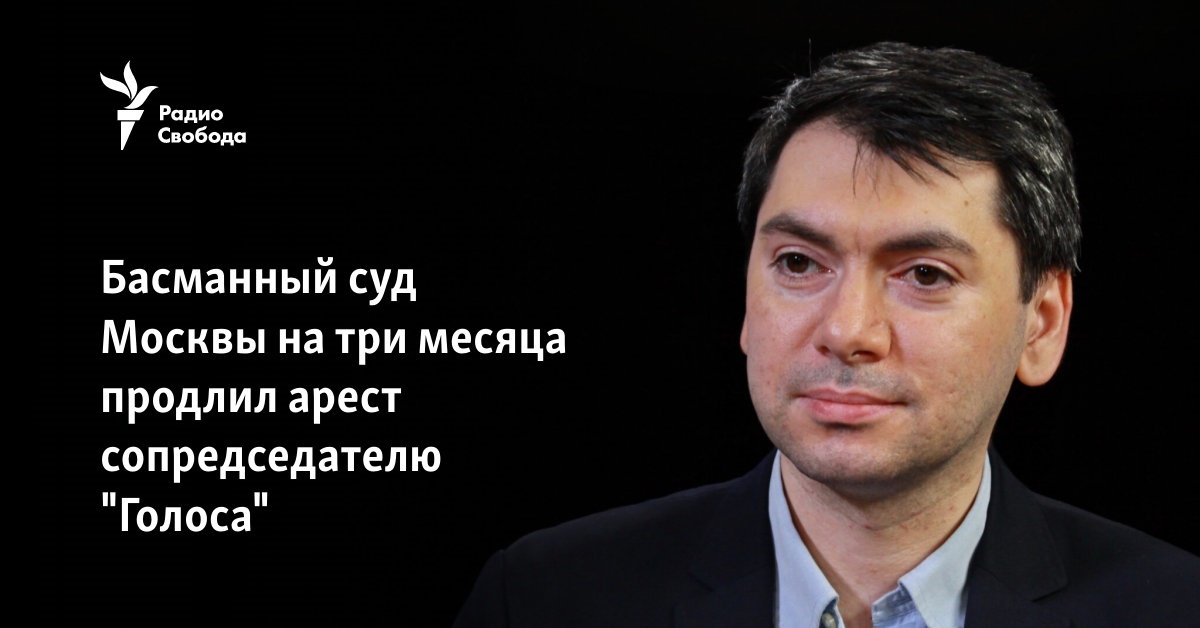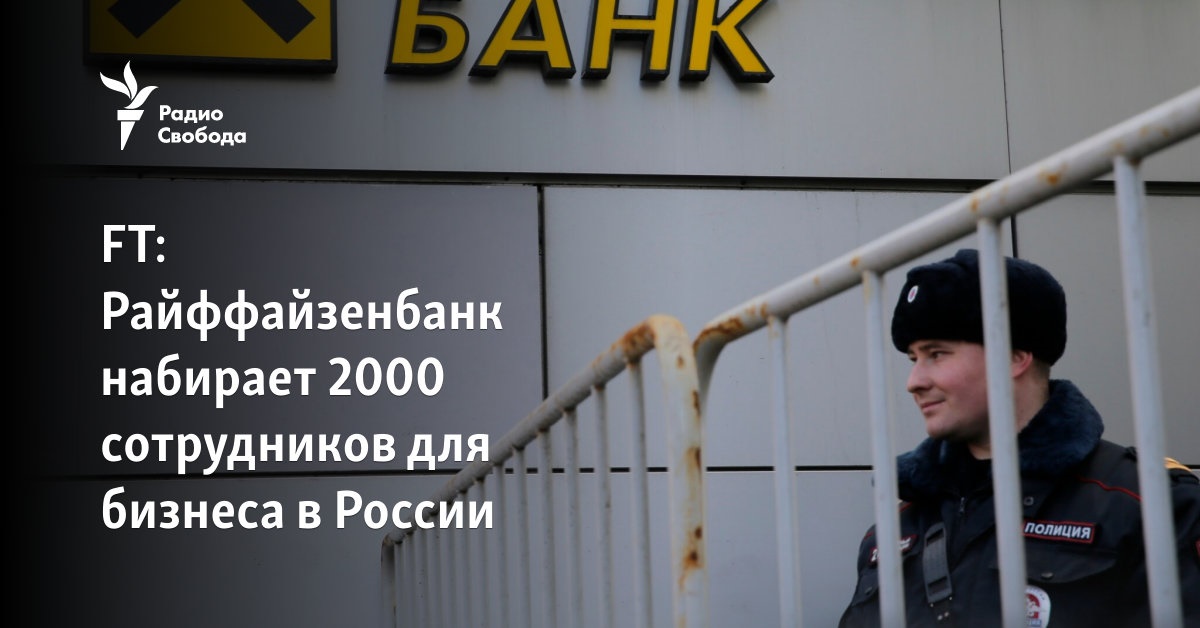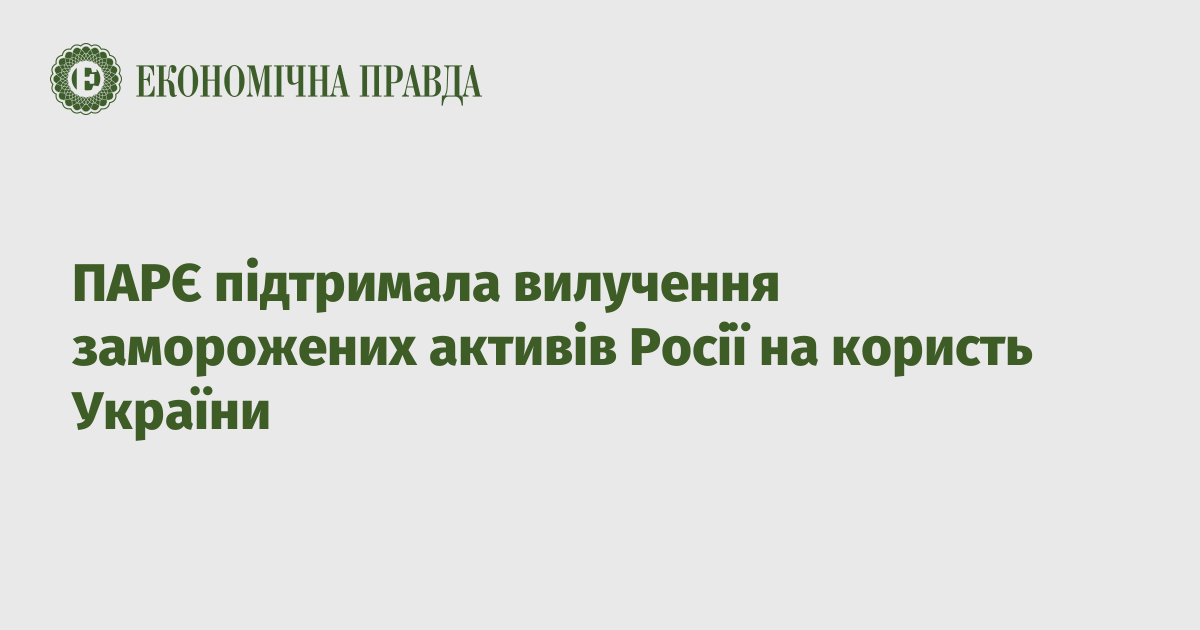Takmed was “raised” thanks to Instagram: the story of a wounded soldier who managed to save his hand near Kherson
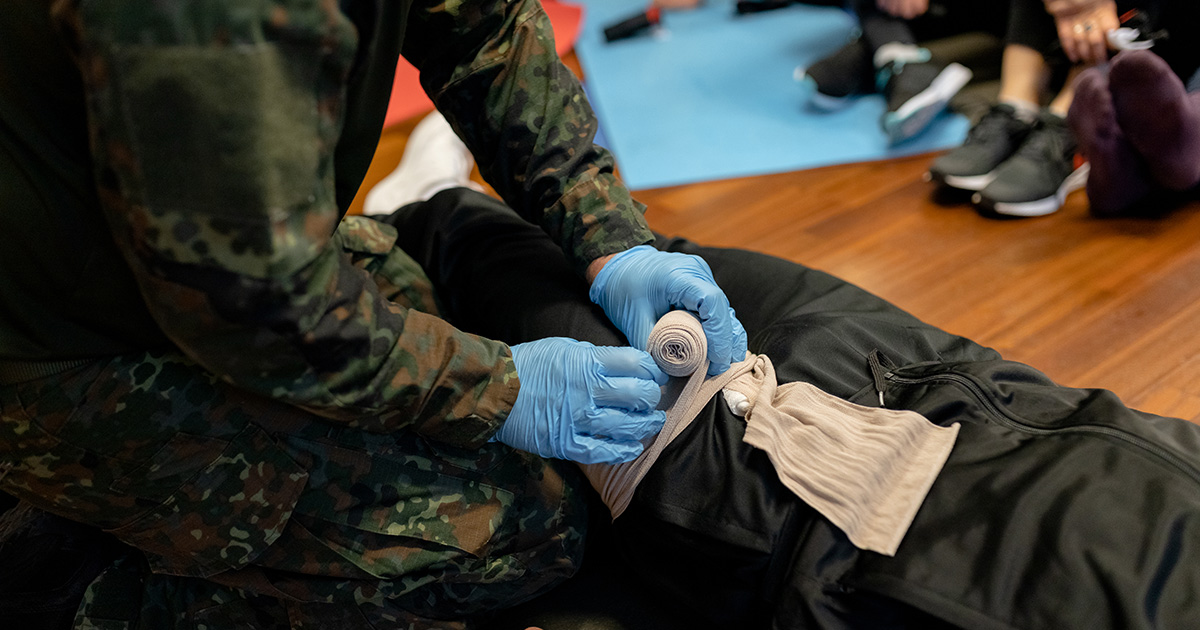
Tactical medicine aims to save lives during hostilities. First, massive bleeding should be stopped, then the airways should be cleared and breathing and circulation should be ensured, and the victim should be examined for head injuries and his body temperature should be taken care of. Dmytro is a drone operator in the Armed Forces. He already has military service experience – as part of the “Donbas” battalion, he passed through Izyum, Bakhmut, Lysychansk and Ilovaisk. He attended the first course of tactical medicine in 2014, again in 2022, when he joined the military unit in Odesa. He found PULSE, a charity that provides such training, on Instagram. The instructors came to the unit and conducted training for all willing servicemen. This knowledge saved his hand near Kherson. Dmytro told his story for “Ukrainian Pravda. Life”. Next is his direct speech. Military service Until 2014, I lived abroad for several years. I came to Ukraine at the end of May to visit my mother for her birthday. At that time, the military commissar was not looking for me, and I was looking for him. But just at the end of May, the first of our soldiers were killed in Donbas, and I changed my mind. I was dismissed from the Military Commissariat, so I started looking for a place of service on my own. At that time, the “Donbas” battalion was just being formed. I found information about him on the Internet. Formed and already went to serve on June 1. Within a month, we went to battle in Izyum, Bakhmut (then it was still Artemivsk), Popasna, Lysychansk, and, finally, Ilovaisk. On my way out of the encirclement, I was captured. It was August 29, 2014. The exchange took place on the eve of the New Year. It was funny, when I returned from captivity and came to be released from the unit, I found out that the Military Commissariat was looking for me. During the full scale, history repeated itself: the Military Commissariat was looking for me again while I was at the front. Training of takmed in conditions close to combat. Photo: oleksii.chumachenko/Depositphotos When the invasion began, I took my family out of Kyiv and called my comrades in arms. I already knew that randomly going to the Military Commissariat is a bad idea. Max was the first to answer me, he was to become a company commander in the 35th brigade from the next day. I wanted to join the unit with the people I fought with. So he came to Odesa on March 4 and joined the battalion of his fellow marines. After Mykolaiv, there was the greatest threat. But when the Russians were pushed away from Mykolaiv, the acute threat to Odessa disappeared. Tacmed I had basic tactical medicine skills left over from my first term of service in 2014. I also studied the methodology for the “Azov” division for 2021. So I knew the theory. And here is the practice… You have to twist it all in your hands, apply the training tourniquet at least once, the bandage, unwind it, feel it with your hands. I saw a Takmed course on Instagram and wrote to the founder. He found out that the instructors began to train the military with the beginning of the invasion. They founded a charity fund for the development of tactical medicine among the military for the Armed Forces and defense units. The training lasted 2 days, in conditions close to combat. It was cool! It was completely voluntary and free of charge, but the guys who went through the training really saved the lives of those soldiers who ignored the takmed course. Military first aid kit. Photo: [email protected]/Depositphotos Until August, we were on combat duty on the islands near Zatoka and Zmiiny. There were no active hostilities – at most skirmishes with Russian boats. In the suburbs of Odesa, everyone was waiting for some sort of landing party, and no one knew when the unit would have to go into battle. I treated my first aid kit responsibly. Completed it personally. When the battalion went into combat, we were given first-aid kits that met the minimum needs of an average soldier. Fortunately, there was no longer Esmarch’s harness and some old discarded bandage, but there is definitely room for improvement. That’s why I stuffed all kinds of extra medical things in my pockets. Read also: Life in exchange for health: why quality tourniquets are needed at the front Injuries In July, our combatant was transferred to another battalion. I and some of my siblings also moved to him. We had our first combat sorties in the Kherson region already on August 22. We worked with artillery there. The mortar, for example, was standing 20 meters from me. After the end of the fire, the drone had to be taken away, but the enemy started shelling. It was not massed: the occupiers shot through the landing, but not so that they did not raise their heads. I was in the trench, but the drone was far away from me, somewhere in the forest. The connection was starting to drop, and I frantically climbed out of that trench to get the drone back. I heard a shell burst nearby. It was something big – a tank or a self-propelled artillery installation. And then I felt something running down my right hand. He applied his left hand, and saw that it was blood. It was necessary to get out of that trench. The basement was not far away: other soldiers were already hiding in it. According to the MARCH emergency care algorithm, the first step is to stop massive bleeding. There were a lot of people in the basement, so I decided not to put a turnstile on myself. Photo: huettenhoelscher/Depositphotos The commander of the mortar unit was standing next to me. I didn’t know if he was trained in takmed. But I needed help, so I took my tourniquet out of my pants and handed it to him. My injury was quite high – in the upper third of the shoulder. That is, where a tourniquet is usually placed. It should have been applied higher, but the commander did it on the wound itself. Then I turned to a brother who, like me, was trained in takmed. He put a tourniquet on me higher and clamped it well, thanks to which the bleeding stopped. The shelling ended quickly, and there was a car at the position that took me to the nearest evacuation point. So in about 1.5 hours I was already on the operating table. Read also: “Military” brains allow you to understand things that “civilian” ones would not be able to understand. Stories of a traumatologist from a military hospital Rehabilitation spent 2 months in a military sanatorium in Odesa. There was a rehab room there, but there were way more people than those physical therapists could handle. In addition, the rehabilitation process is individual, not 10 people with various injuries and amputations. My injury was classified as light, because the hand is moving, nothing is broken, and therefore there is nothing to rehabilitate. But the hand was immobilized, the muscle tone decreased significantly. The first time I couldn’t even shift the gearbox on mechanics. 2 weeks before discharge, I found a private rehabilitation center with a gym, where soldiers were taken to recover. He came there every day. Another life saved On the combat exit near Maryinka, when we were again standing near the artillery, the pilot of the drone was injured. I had a remote antenna so I was sitting in the basement. And he flew to scatter ammunition on the Russians’ position, so he worked from the street. A projectile exploded near him, too, and a fragment hit his side, not protected by a bulletproof vest. Abdominal injury. Photo: zabelin/Depositphotos When he went down to the shelter, we took off his armored car because it was not clear if he was injured at all. There was no blood, it looked like a scratch. One fragment stuck in the skin, and the other pierced the lung. There was no occlusion sticker in the pilot’s first aid kit (it is used to seal penetrating chest wounds so that air does not enter the damaged lung through the wound). My brother-in-law had a napkin not from the regular first aid kit with the inscription first. There was no point in cleaning the wound, so we used that tissue bag – taped it and put a bandage on it. The medevac was nearby, so he was also quickly taken to the hospital. In the scale of this war, everyone understands that they can die. This is a kind of roulette. Of course, you try to avoid death every time. But you will never be ready for injury or amputation. Because it seemed that yesterday you could do everything by yourself, and tomorrow – you can’t do many usual things. Helplessness is hard to put up with. Victoria Andreeva, UP.Zhyttia Read also: Happiness is to have a hand again. Military about injuries, amputation and electric prosthesis
Original Source Link


